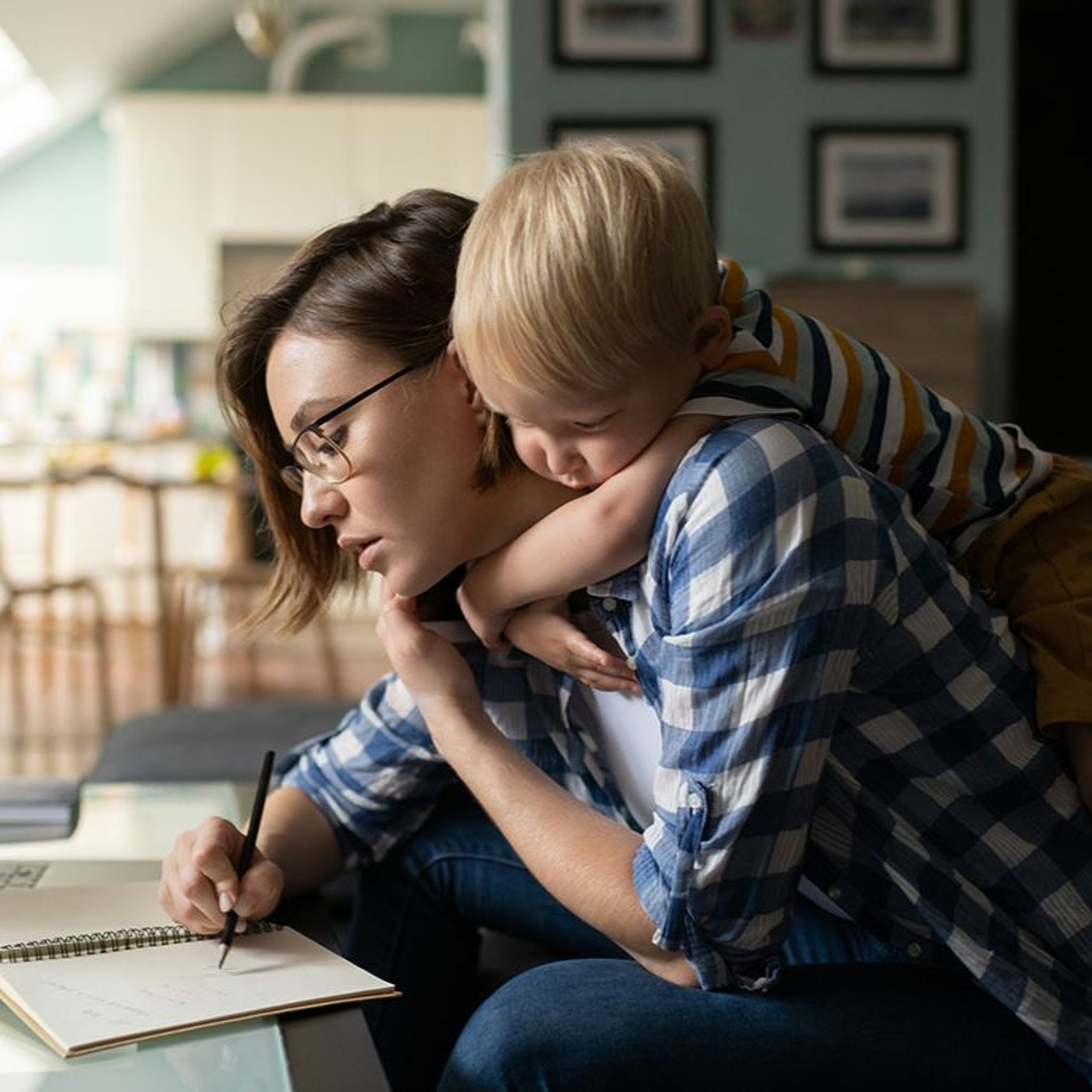- Government
- SEE MORE
- classical
- general
- talk
- News
- Family
- Bürgerfunk
- pop
- Islam
- soul
- jazz
- Comedy
- humor
- wissenschaft
- opera
- baroque
- gesellschaft
- theater
- Local
- alternative
- electro
- rock
- rap
- lifestyle
- Music
- como
- RNE
- ballads
- greek
- Buddhism
- deportes
- christian
- Technology
- piano
- djs
- Dance
- dutch
- flamenco
- social
- hope
- christian rock
- academia
- afrique
- Business
- musique
- ελληνική-μουσική
- religion
- World radio
- Zarzuela
- travel
- World
- NFL
- media
- Art
- public
- Sports
- Gospel
- st.
- baptist
- Leisure
- Kids & Family
- musical
- club
- Culture
- Health & Fitness
- True Crime
- Fiction
- children
- Society & Culture
- TV & Film
- gold
- kunst
- música
- gay
- Natural
- a
- francais
- bach
- economics
- kultur
- evangelical
- tech
- Opinion
- gaming
- College
- technik
- History
- Jesus
- Health
- movies
- radio
- services
- Church
- podcast
- Education
- international
- Transportation
- Other
- kids
- podcasts
- philadelphia
- Noticias
- love
- sport
- Salud
- film
- and
- 4chan
- Disco
- Stories
- fashion
- Arts
- interviews
- hardstyle
- entertainment
- humour
- medieval
- literature
- alma
- Cultura
- video
- TV
- Science
- en
How To Boost Female Workforce Participation - Webinar recording

Increasing female workforce participation is one of the biggest long-term economic opportunities for governments. Australia\u2019s female workforce participation rate is above the OECD average, but Australian women are much more likely to work part-time than their overseas counterparts. Before COVID-19, a typical Australian woman with pre-teenage children worked 2.5 days per week.\n\nIs this what women want? Why do the work patterns of mothers look so different from those of fathers? Why is part-time work so common for Australian women compared to women in other developed countries? How has COVID-19 changed the equation? And what can governments do to reduce the barriers for women who want to do more paid work?\n\nOur expert panel discussed these issues and more at this State Library Victoria and Grattan Institute Policy Pitch event. \n\nSpeakers: \nMiranda Stewart - Professor and Director of Tax at Melbourne University Law School\nEmma Walsh - CEO, Parents At Work\nDanielle Wood - CEO, Grattan Institute\n\nModerator\nPaul Austin - Editor, Grattan Institute\n\nTo read the report in discussion, please visit: https://grattan.edu.au/report/cheaper-childcare/\n\nFor more information, visit: https://grattan.edu.au/